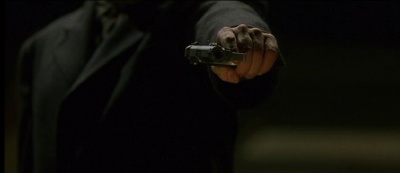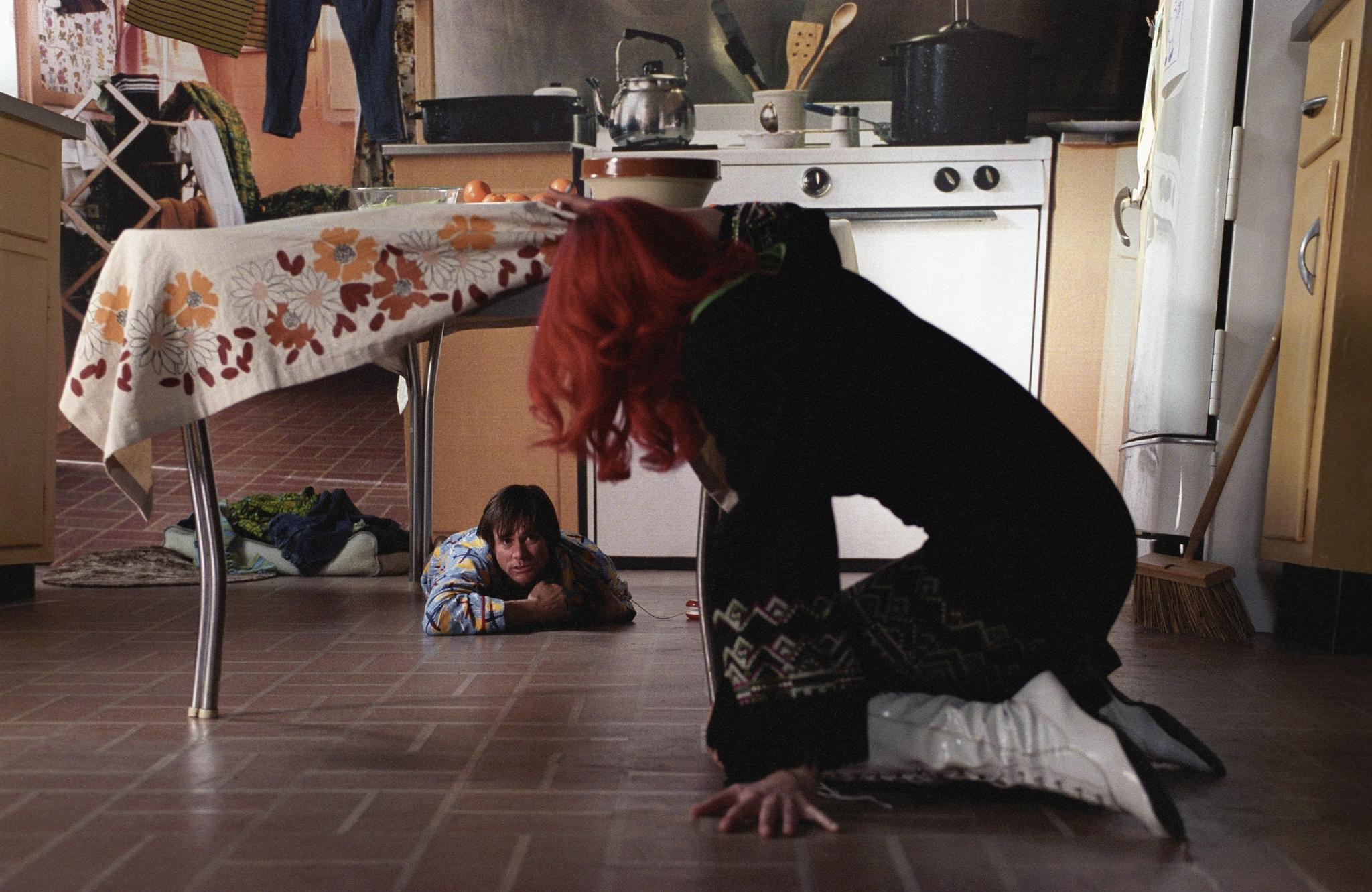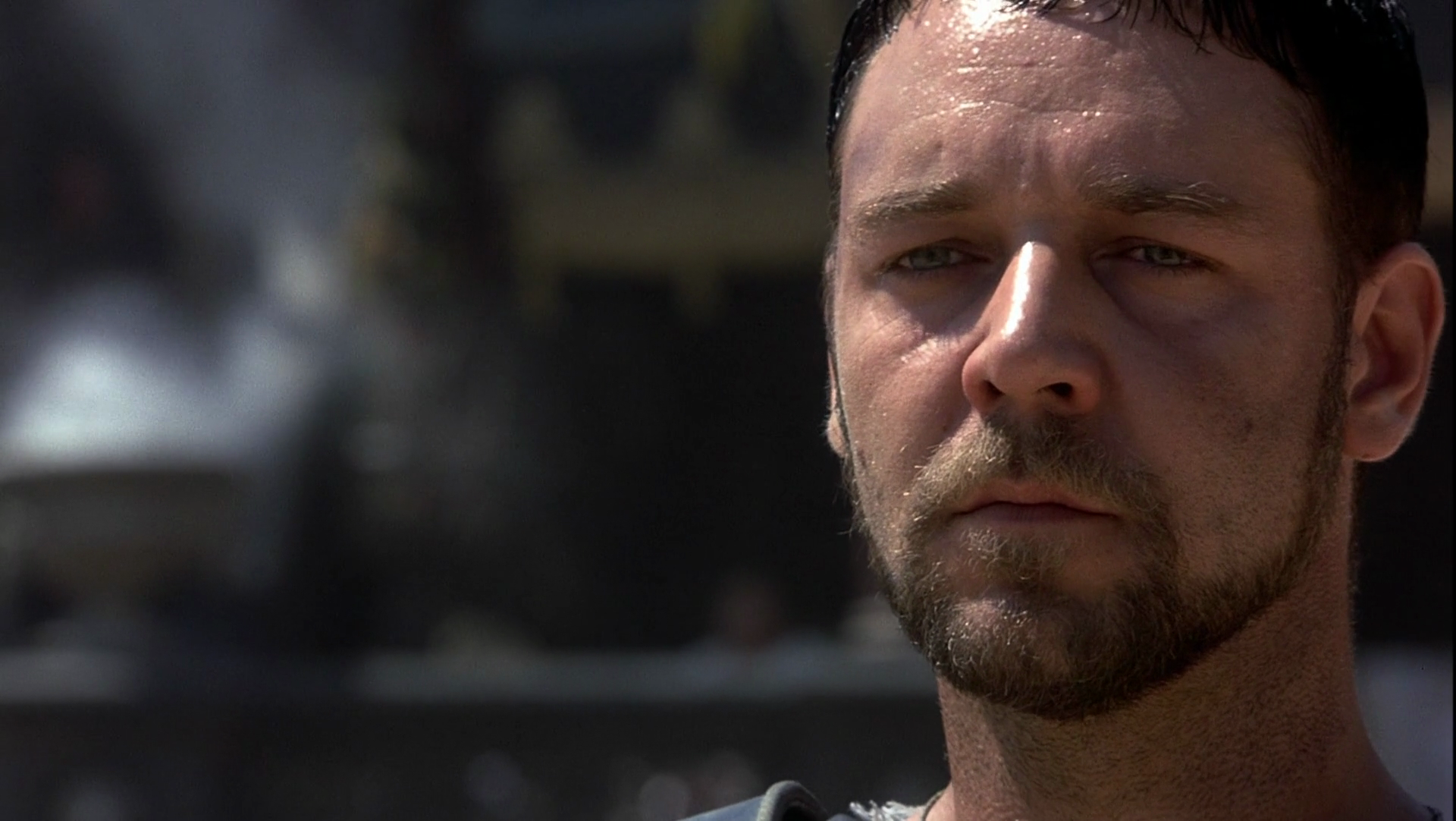Chapter 1 - Photography Essay
Throughout the universally interesting and emotional history of film production, there have been many unique motion pictures which make people act, think, or feel differently after viewing. The chapter of Photography emphasized the key points, such as where the camera is placed and how it moves, to evoke a certain emotion within the viewer. Of the three films used for the Photography chapter - The Usual Suspects, Eternal Sunshine of the Spotless Mind, and Gladiator – each has a unique way of being filmed such that each movie evokes a certain emotion within the viewer. All throughout these three films, there is a plethora of different filming techniques that are used specifically to draw the readers in and evoke certain emotions within the audience, ultimately allowing them to reflect on how the ethics of each main character can be altered and changed from the specific filming techniques that make up the work of art.
The gangster oriented film of Brian Singer known as The Usual Suspects, uses violence to make the audience view the ethics of morality. Within this film, there are many different examples of when both high and low angles are used to display both power and weakness. In the first shot where “Keyser Soze” was standing on the deck of the boat, and urinating on the lit gas trail, he was viewed from below showing him as an important and powerful figure. In the same scene where Verbal, Keaton, McManus, Fenster and Hockney are doing the job for “Soze” at the end of the film with the boat heist, “Soze” kills off every member of the crew except for Keaton. The high angle looking down at Keaton shows his vulnerability since he is injured and in the presence of Soze. Soze – or Verbal – really has the whole heist under control from start to finish by fooling his crew members that he was really innocent, when in fact, he was not. Another element to this film was its film noir-esque overall feel by using lots of shadows and bright lights, as well as smoke. The element of film noir is mainly about corruption and mystery. At the beginning of the film, there are many small details that are later pointed out by the end of the movie, which helps add to the confusion displayed by Agent Kujon. One of the many small details that are pointed out by the end of the movie is Soze’s golden watch, which he is wearing when he kills Keaton and it is the same watch that Verbal picks up as he is leaving the DA’s office. Such elements in this film help show why it many people view ethics differently on the film, The Usual Suspects.



In the
film, Eternal Sunshine of the Spotless mind, the main moral
values are the ethics of love. This film makes a person argue the ethics of
love because at the beginning of the film, the viewer thinks that Joel skips
work and goes on a wild adventure where he meets a nice girl named Clementine.
They meet on the train on the way back to their homes and in the process of
doing do, they get to know each other and develop chemistry. But later on in
the movie Joel goes to give Clementine a gift and she does not know who he is.
That is because she had Joel erased from her memory because they started to
fall apart. She thought he was boring, and he thought she was crazy. Joel tries
to erase her from her memory, but while doing this he finds that he still loves
her. It makes the viewer argue about the ethics of love because if a person
loves somebody else so much, but things don’t work out, would it really be
ethical to erase them from their memory and not be able to remember them
forever? Throughout this movie, there are many different scenes and shots which
show cool colors against warm colors. The first scene of the movie has a little
glass sculptor hanging in Joel's window of all blue glass and a little piece of
orange glass. The blue represents Joel’s dull life and the color represents
Clementine – the color in his dull life. Every time Joel and Clementine are in
the same shot there is a contrast between cool colors and warm colors. Joel is
representative of cool colors like grays, blacks and dark blues, while
Clementine always has red or very warm, bright colors. Eternal Sunshine
of the Spotless Mind also has many high and low angles in it. One
example of this is when Joel is under the table as kid and he was hiding from
his mother. There is a low angle of Joel because he his scared of her and he
really is powerless. And in that same scene there is a high angle on Clementine
and Joel's mother because they really have power, and Clementine is trying to
get Joel out from under the table. Eternal Sunshine of the Spotless
Mind is a formalist film because it primarily focuses on the specific
techniques and what the movie is expressing. "We do not feel bad for Joel
and Clementine because we suspect they have harmed themselves in removing their
memories of one another; we also naturally think that this procedure involves
harming those who are erased as well, (Academia.edu). This quote shows how this
movie is not ethical about love because erasing one person is not only harming
that person but also harming the person that had the memory erased. Throughout
history, people have argued against the ethics of love and what matters.
Because in this film, Clementine thought Joel was boring and wanted to forget
about him so she erased him from her memory. Joel found out and then tried the
same thing but tried to stop it while it was happening. However, it didn't
work. Because of that reason, it is not ethical to erase somebody from their
own memory because ultimately Joel and Clementine met again and they fell back
in love.



In the film Gladiator, the
argument over whether honor is ethical transpires throughout the movie. In this
film, Marcus Aurelius appointed Maximus to be the new leader of Rome, but,
because he had been away from his family for so long and had not seen them, he
was not sure if he should take up this great responsibility. Commodus found out
that his own father did not want to choose him to become the emperor because he
was corrupted and Marcus ultimately wanted the corruption to stop. Commodus
tried to have Maximus killed but he escaped and he was trying to get his
vengeance on Commodus for killing his wife and son. The ethics of honor are
being questioned here by asking how far a person would be willing to go in
order to bring back honor to his name and country. In the beginning of the
movie, there is a close-up shot of Marcus Aurelius during the first battle, and
his face signifies that he is disgusted by war and wants it to be over. This
makes him believe that Maximus could make Rome a better place and end the
corruption. In the scene were Maximus shows the people of Rome what they want
but they are too astonished and are silent is when he is in the arena and he is
the last gladiator standing. No one applauds his killing and he erupts to the
crowd, "Are you not entertained?" This ultimately shows that the
crowd is not entertained with Marcus’ actions. Near the end of the movie,
Commodus wants Maximus' last fight to be against him. In this scene Maximus
gets his honor back and he gets vengeance on Commodus for killing Marcus
Aurelius, his father. Before the fight, Commodus stabbed Maximus so he was
bleeding out and on the verge of death. An easy fight for Commodus - or so it
seemed. Maximus remembers his wife and that his mission was not yet complete.
He kills Commodus he appoints the Senate back to being the leader of Rome so
the corruption would stop. After he dies there in the coliseum, there is a
close-up shot of Maximus' hand stroking the wheat showing that he has a
nonviolent side of him now that he is in the afterlife, where he is finally
with his family. There is also a long shot of Maximus walking to his home in
Spain with his wife and son in the afterlife. The ethics of honor are
continuously being argued because there is uncertainty of how far a person
would be willing to go in order to get their honor back. The question is
whether or not they would try to get vengeance on the person that took
something from them, even though they have nothing to live for, or if they
would just give up, not do anything, and die.



Throughout all of these films, there are many different techniques purposefully used while filming to evoke a certain feeling within the audience. Some of these various filming techniques include lighting positions, camera shots (wide, high telephoto range, large and small aperture), as well as filming angles. Within the films, The Usual Suspects, Eternal Sunshine of the Spotless Mind, and Gladiator, moral values can be seen depicted through various mediums such as love, honor and violence.


Throughout all of these films, there are many different techniques purposefully used while filming to evoke a certain feeling within the audience. Some of these various filming techniques include lighting positions, camera shots (wide, high telephoto range, large and small aperture), as well as filming angles. Within the films, The Usual Suspects, Eternal Sunshine of the Spotless Mind, and Gladiator, moral values can be seen depicted through various mediums such as love, honor and violence.
No comments:
Post a Comment